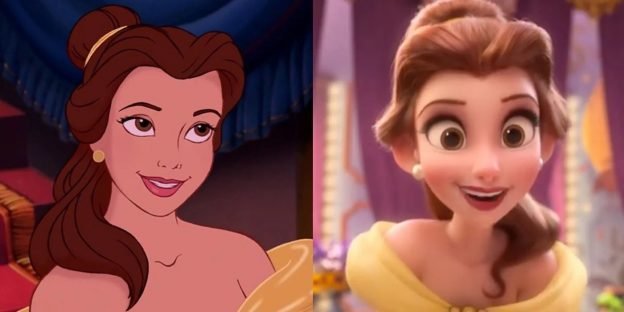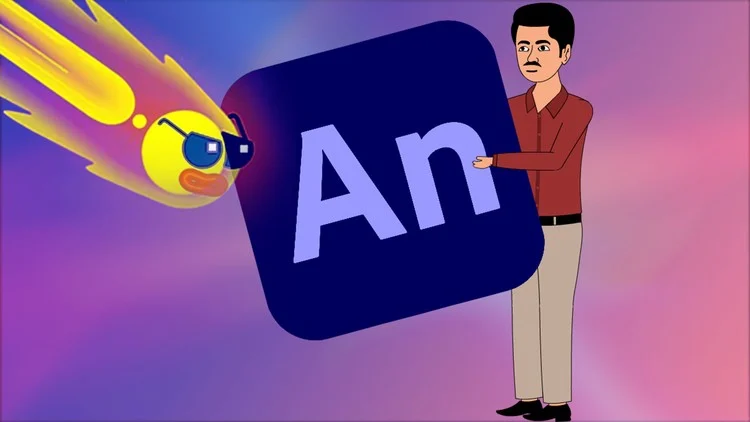When watching cartoons, you may notice that some look flat, while others seem to pop out of the screen. These are the differences between 2D and 3D cartoons. Each style has its special qualities that make it stand out. Let’s take a closer look at the key differences between these two animation types.

What is 2D Animation?
2D animation is the traditional style that we’ve seen for many years. It involves creating characters and backgrounds on a flat surface, typically in two dimensions (height and width). The differences between 2D and 3D cartoons are easy to spot because 2D cartoons lack depth. They are usually drawn or painted, with each frame being created by hand or using digital tools.
For example, classic cartoons like Tom and Jerry or The Simpsons use 2D animation. In 2D, characters can move smoothly, but they remain flat and are not designed to appear as if they have depth. This style is simple yet effective in conveying emotions and stories.
What is 3D Animation?
In contrast, 3D animation adds depth, making characters and backgrounds appear as if they have volume and exist in a three-dimensional space. The differences between 2D and 3D cartoons become clear when you see how characters in 3D cartoons can move and turn, almost like real-life objects.
Modern animated movies, such as Toy Story or Frozen, use 3D animation. These cartoons appear more lifelike and realistic because they make use of computer-generated imagery (CGI). Characters in 3D cartoons are designed as 3D models, and their movements are created by rotating and manipulating these models on a computer.
Visual Differences: Flat vs. Realistic
One of the most noticeable differences between 2D and 3D cartoons is the visual style. In 2D animation, everything is flat. There is no attempt to make the characters look like they have weight or depth. The backgrounds are also flat, and the whole world is presented on a single plane.
On the other hand, 3D animation creates a sense of realism by adding depth. Characters in 3D cartoons look as though they could exist in real life because they have volume, shadows, and realistic proportions. The differences between 2D and 3D cartoons in visuals are evident when comparing the simple, flat designs of 2D characters to the more complex, realistic appearance of 3D characters.
Movement and Action
The movement in 2D and 3D cartoons also varies. In 2D, movement is typically achieved through frame-by-frame animation. Each frame is drawn or designed separately, and the illusion of movement is created by quickly changing between these frames. The differences between 2D and 3D cartoons can be seen in how smooth and fluid the movement looks. In 3D animation, movement is generated by manipulating the 3D models, making the animation feel more natural and realistic.
For instance, when a 2D character runs, the movement may seem a little stiff, but in 3D, a character’s run will look more dynamic and lifelike, as it mimics how a real person would move.
Production Time and Cost
Another significant difference is the amount of time and money required for production. The differences between 2D and 3D cartoons are evident in how long it takes to create them. 2D animation is typically faster and cheaper to produce, especially in traditional hand-drawn animation. It only requires creating each frame individually.
However, 3D animation is more complex and often requires specialized software and a team of skilled artists. The modeling, texturing, rigging, and rendering stages in 3D animation are time-consuming and expensive. Because of this, 3D cartoons generally have a larger budget and a longer production time compared to 2D ones.
Audience Appeal
The differences between 2D and 3D cartoons also extend to the audience appeal. 2D animation often has a more nostalgic feel because it was the standard for cartoons for many years. People of all ages still enjoy 2D cartoons, but the style has a more “classic” look.
Meanwhile, 3D animation has gained more popularity in recent years, especially in feature films and high-budget series. The realistic appearance and advanced technology appeal to a wider audience, especially younger viewers who enjoy the lifelike visuals of modern animated films.
Flexibility in Storytelling
Both 2D and 3D cartoons offer unique opportunities for storytelling. The differences between 2D and 3D cartoons are also reflected in how the animation style supports the narrative. 2D animation is often used in stories that are whimsical, abstract, or comedic, where the flatness of the animation style adds charm and simplicity.
On the other hand, 3D animation is perfect for more intricate and complex stories, where the realistic visuals can enhance the depth of the narrative. The added depth of 3D allows for better visual effects, such as explosions, lighting changes, and other dynamic elements that make the story come alive.
Conclusion
In summary, the differences between 2D and 3D cartoons are clear in many aspects, from visuals to movement, production time, and audience appeal. While 2D animation brings a timeless charm to cartoons, 3D animation allows for more realism and advanced technology. Both styles have their strengths and continue to shape the world of animation, creating diverse and exciting experiences for audiences. Whether you prefer the classic feel of 2D or the lifelike beauty of 3D, both styles have their place in the world of cartoons.











